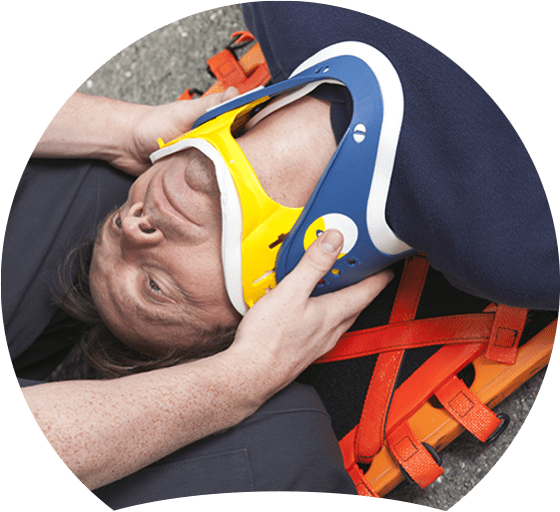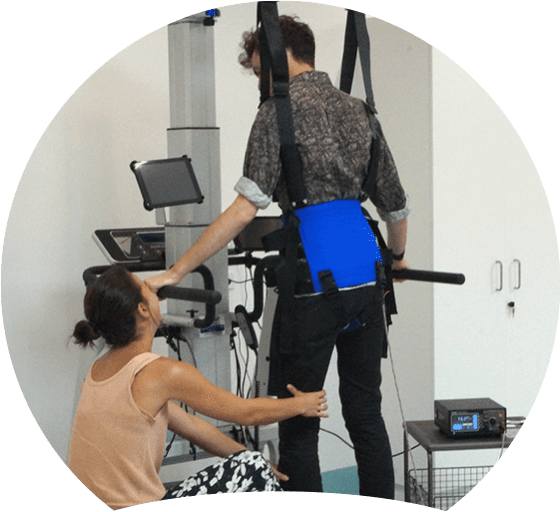These are exciting times for spinal cord injury research! For years progress felt agonisingly slow — the goal of a cure felt like a distant dream. But in the last few years we have reached a pivotal milestone, with potential therapies making the leap from the laboratory to the clinic, where they are finally being tested in the people who so desperately need them.
There are two issues that are being tackled

Acute Injuries
If an accident victim can be treated within the first few hours after injury, it should now be possible to prevent some of the permanent damage occurring in the first place. This will be achieved by blocking factors that result in nerve death and the formation of scar tissue.

Chronic Injuries
The second, and more challenging task, is to regrow nerves in people who have lived with an injury for sometime.
Scientists are taking a variety of approaches to these problems. The complexity of the issue means a comprehensive cure will likely involve a mixture of these treatments tailored to the individual.
Potential building blocks of a cure include
Cells
Stem cells, which have the potential to develop into every tissue in the body including spinal cord neurons.
Glial Cells that wrap around axons of motor and sensory neurons to form the myelin sheath which is lost after spinal cord injury.
Biomaterials
Scaffolds or conduits to enable new neurons to grow across the gap in the spinal cord caused by nerve death. These might also be impregnated with stem cells and/or chemical factors.
Molecules/drugs
For tasks such as protecting neurons by controlling inflammation, breaking down of scar tissue and stimulating nerve regrowth.
Neurostimulation
Electrically stimulating the spinal cord below the level of injury has shown remarkable success in clinical experiments. Experimental volunteers have not only regained some voluntary movement but have also seen improvements in autonomic functions such as bladder and bowel control, sexual function and cardiovascular stability. Some have even been able to walk with the aid of a simple walker.
Assisted exercise
Functional electrical stimulation and intensive exercise programs, exemplified by SCIA’s NeuroMoves program, will likely be a required adjunct to any cure. These might also involve exoskeleton use to assist with walking.
Inflammation control
In a new injury, while some aspects of inflammation are required for healing, an excessive response can cause secondary neuron death. Without inflammation control this response can compound the damage done by the initial trauma.
Gut biome
Recent evidence has shown that the normal gut bacterial population is severely compromised by spinal cord injury leading to poor nutrition, inflammation, compromised immune system and mental health issues.
Early stage clinical trials have begun in most of these areas. Many of these are “safety trials”—the first of three stages of human testing required before a treatment becomes “approved”. Commonly these involve only a handful of patients and are carried out to ensure there are no unforeseen side-effects.
For details of current clinical trials please visit: scitrials.org
These first therapeutic strategies are not expected to be a comprehensive cure but it is hoped they will offer incremental benefit. For instance, volunteers in neurostimulation treatments have seen improvements in areas including bladder and bowel control, cardiovascular stability, sexual function and temperature control. Some have regained the ability to move their lower limbs and even to stand and take steps. Whilst being far from a cure, this level of recovery makes an incredible difference to the person’s quality of life.
In addition to these main areas, researchers continue to surprise us, and probably themselves, with unexpected results. For example, scuba diving has also been shown to help. Who knows what’s around the corner.
The biggest roadblock en route to a cure is now financial. Scientists have a good grasp of what needs to be done, but obtaining funding is hugely difficult. The funding of research frequently relies on the generosity of private and corporate supporters of organisations like SpinalCure.
It feels like the last 25 years of seemingly slow progress has pushed us to the top of the hill and the cure is now tantalisingly within our reach. It may be some years before therapies that will improve the lot of those living with a spinal cord injury are readily available, but, with the generous help of our donors, those treatments are coming.
